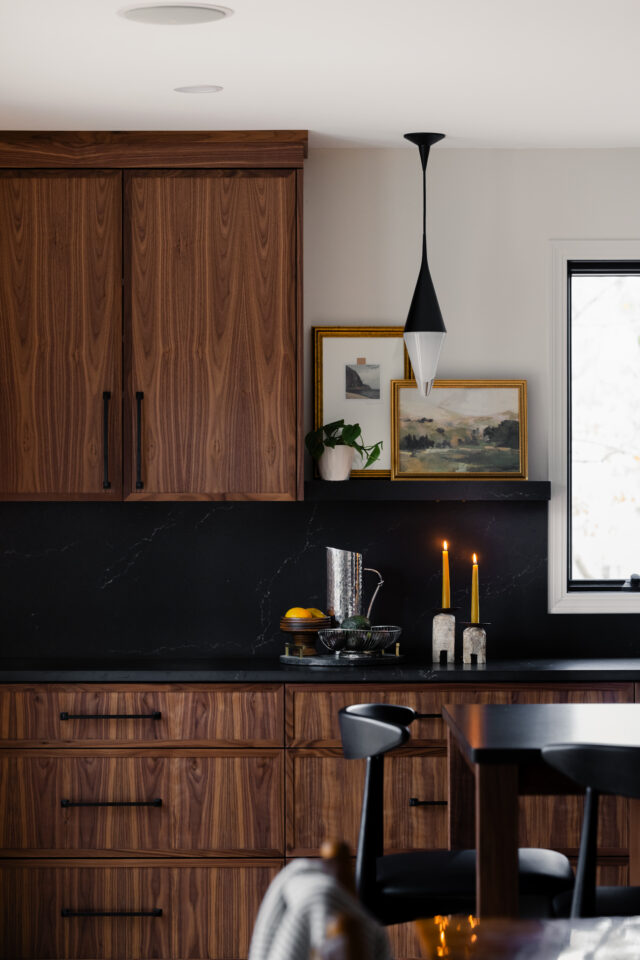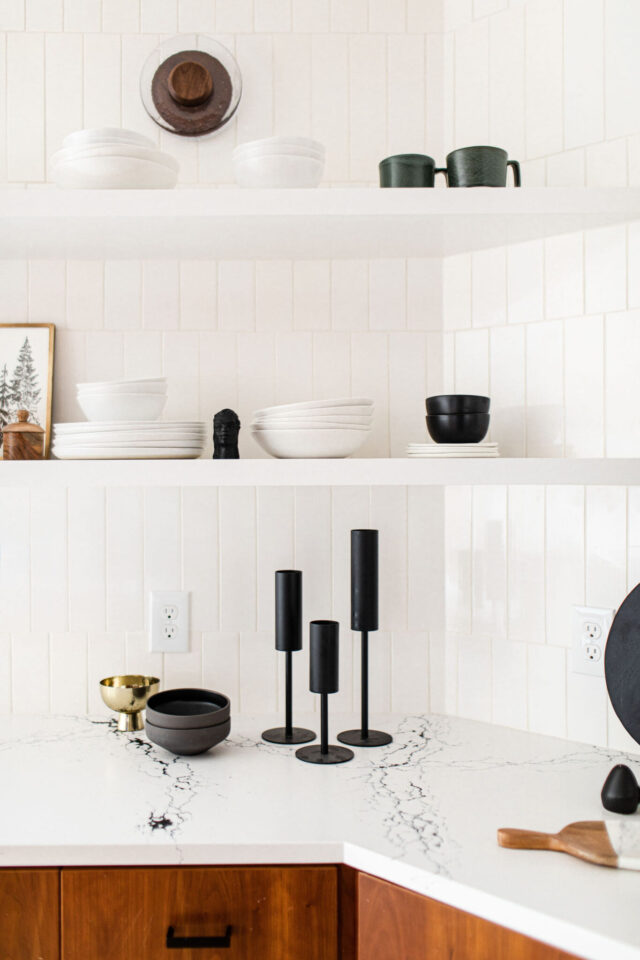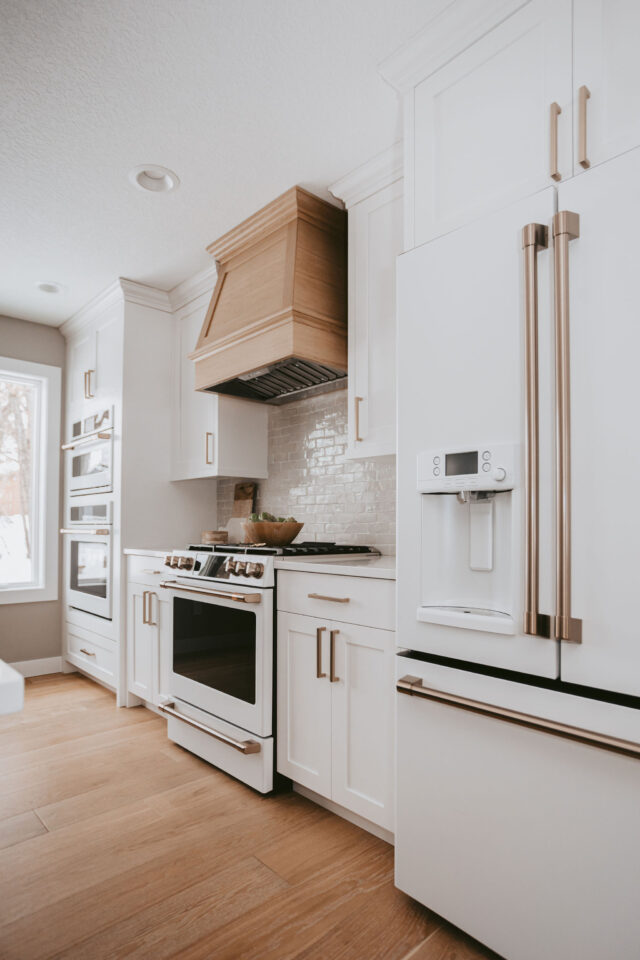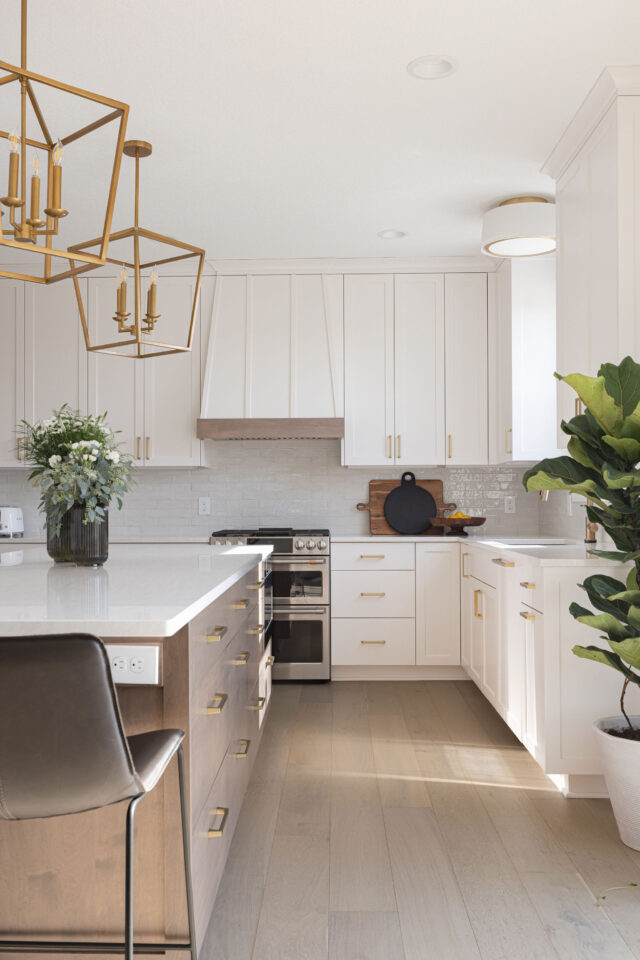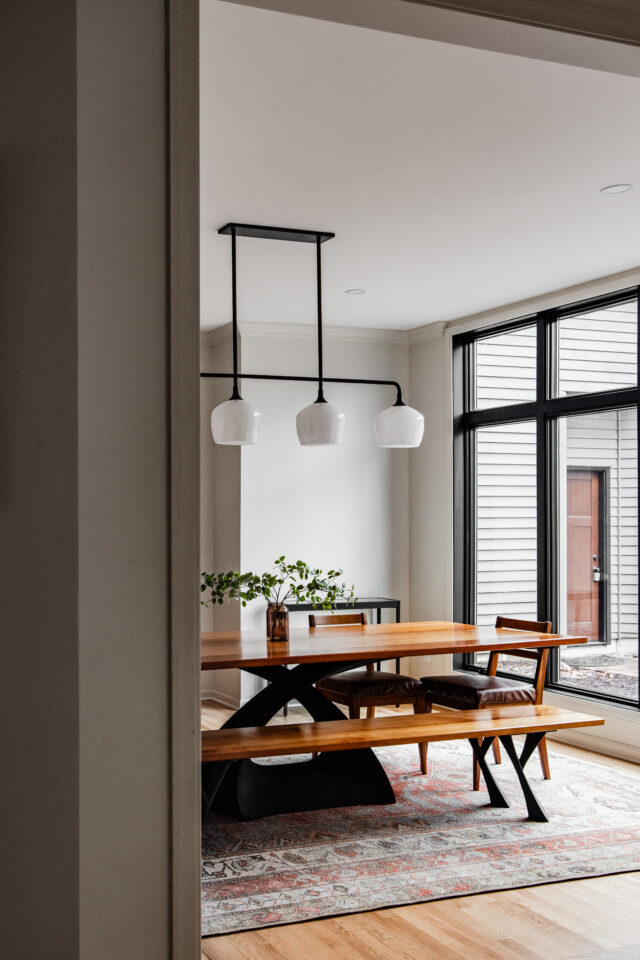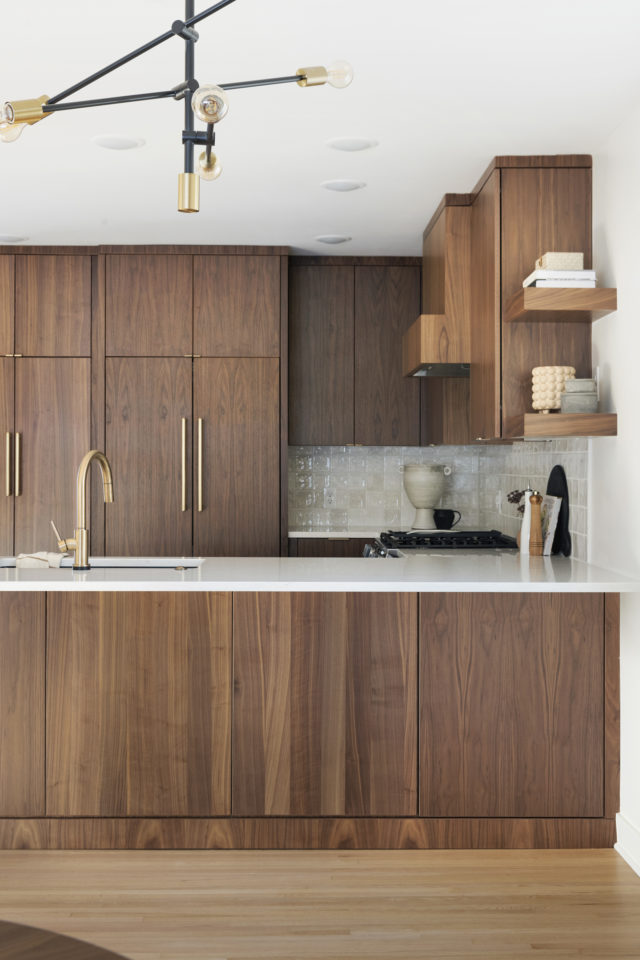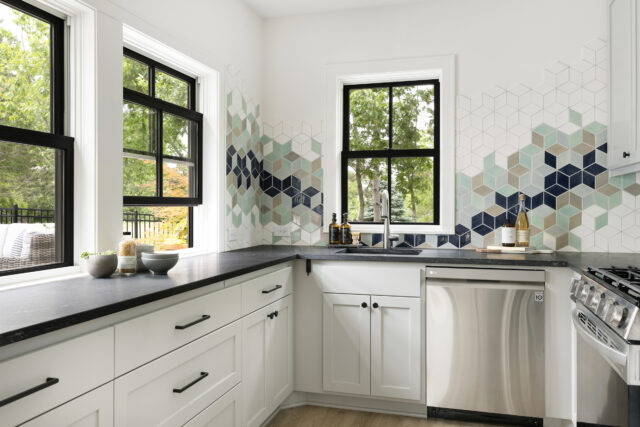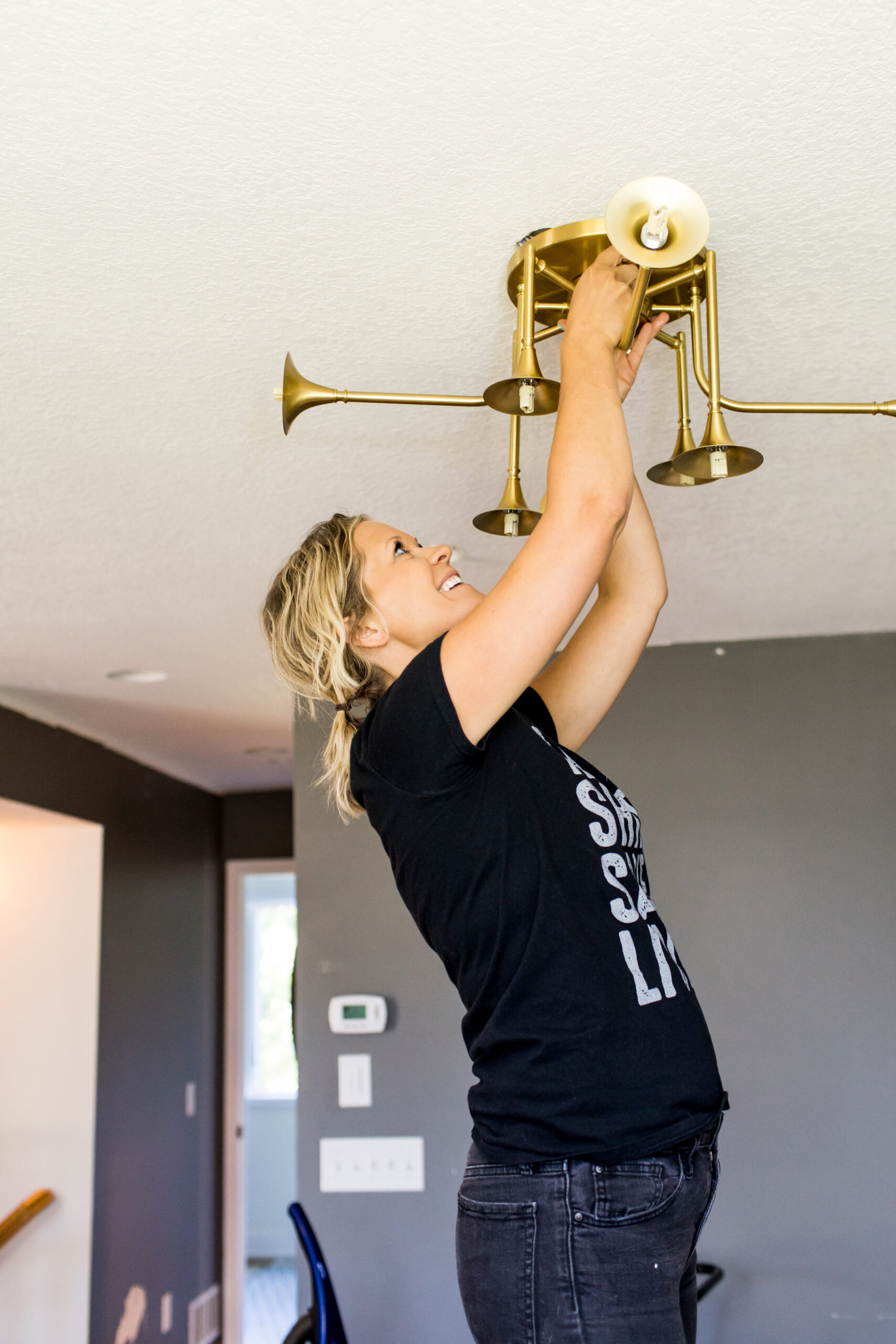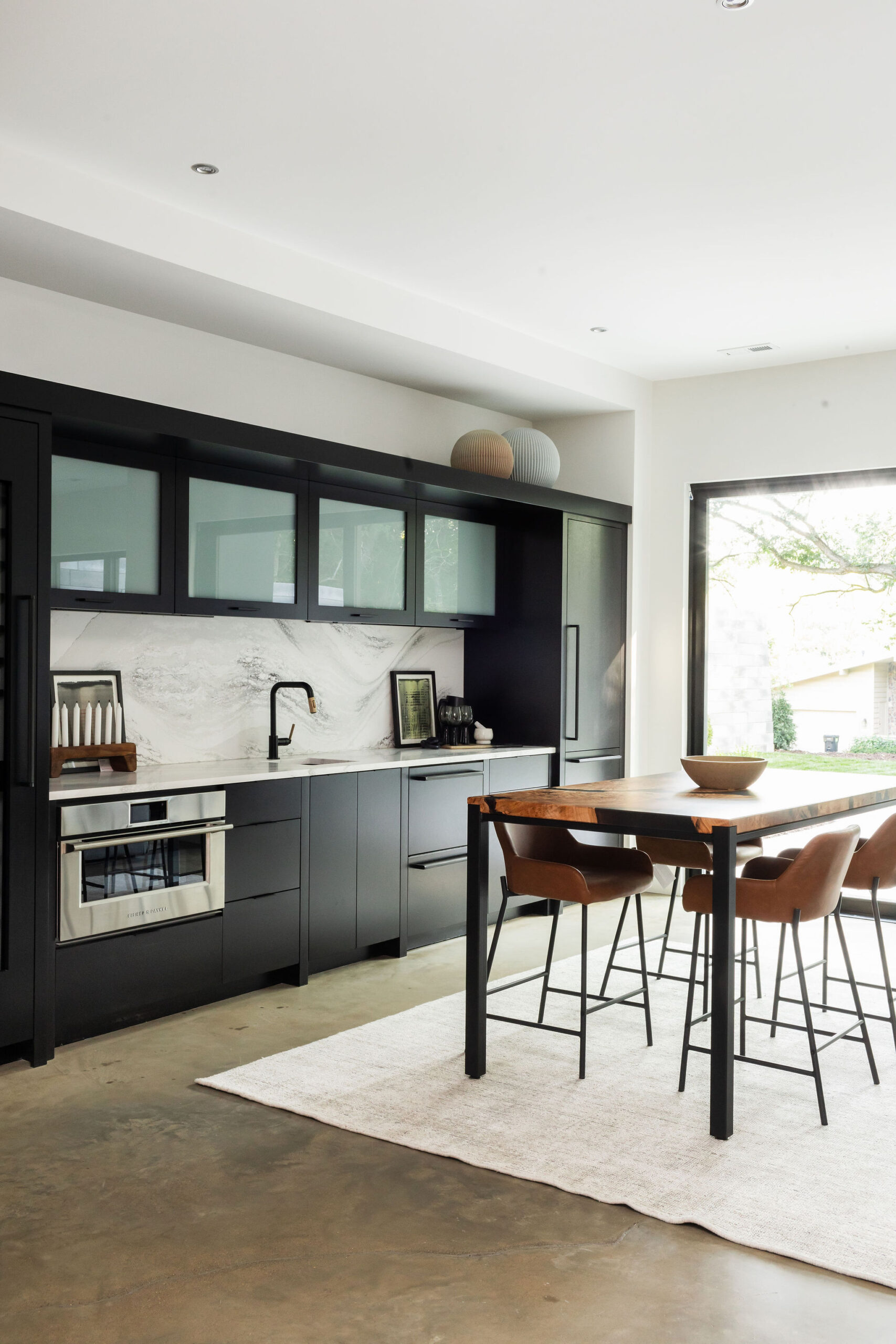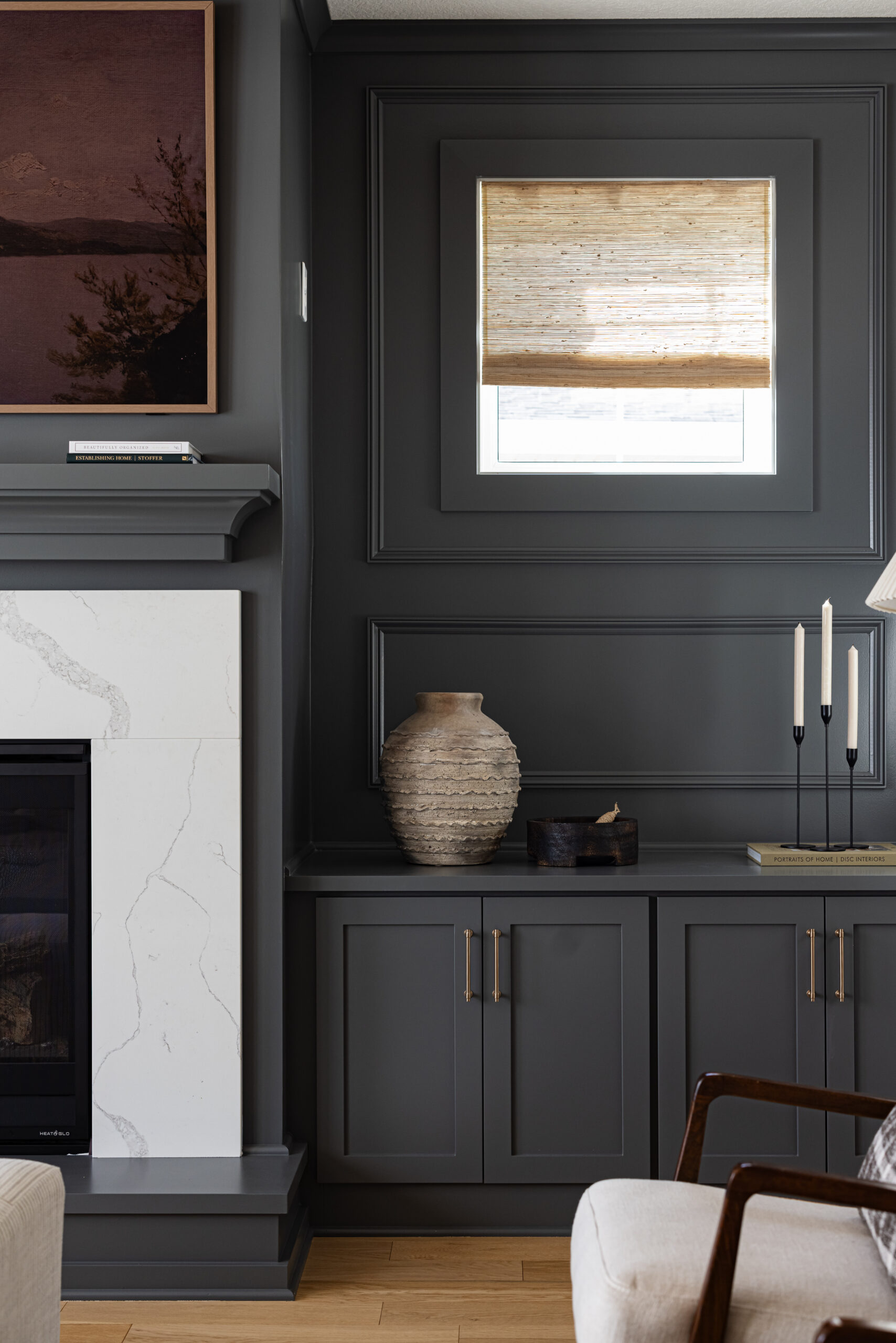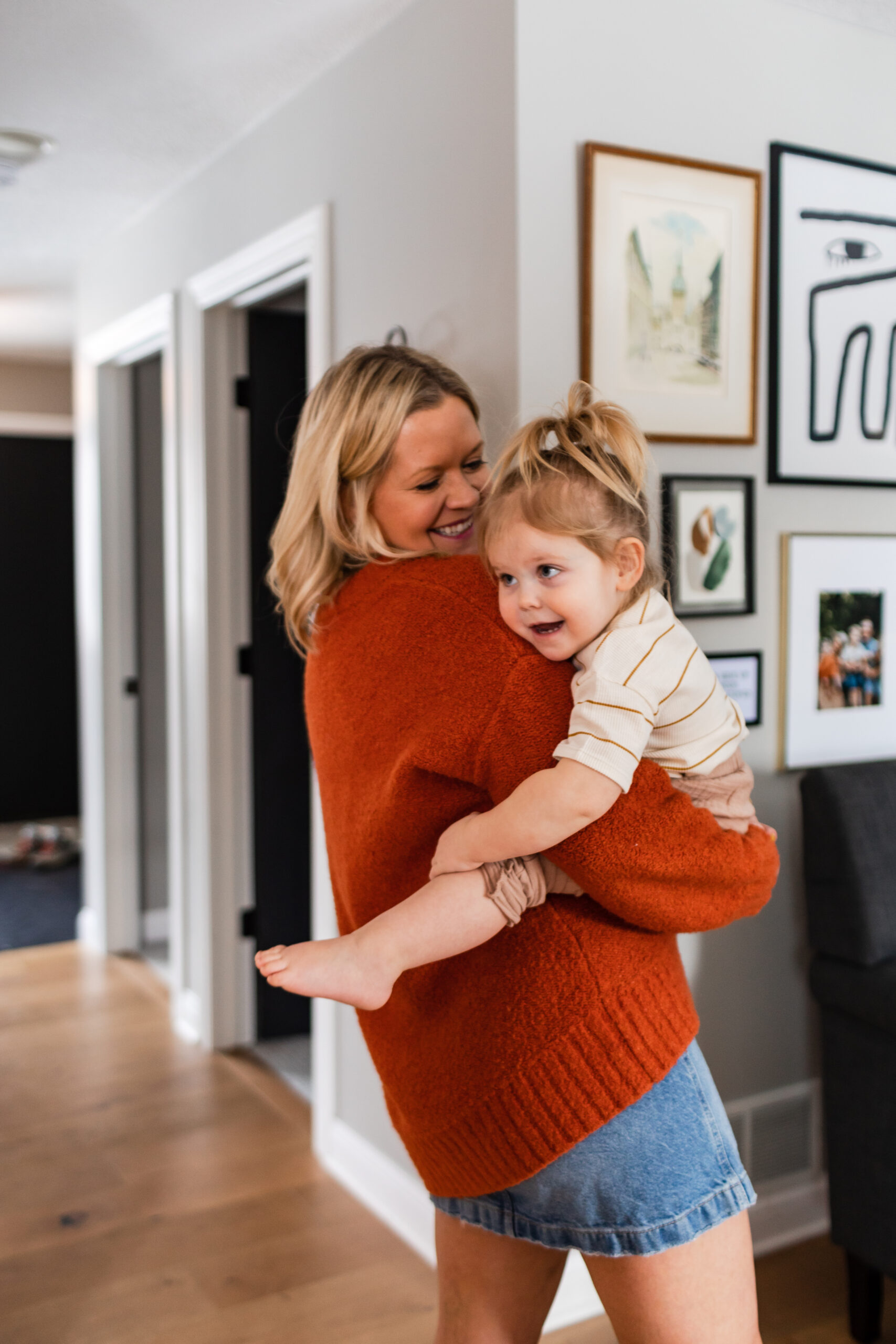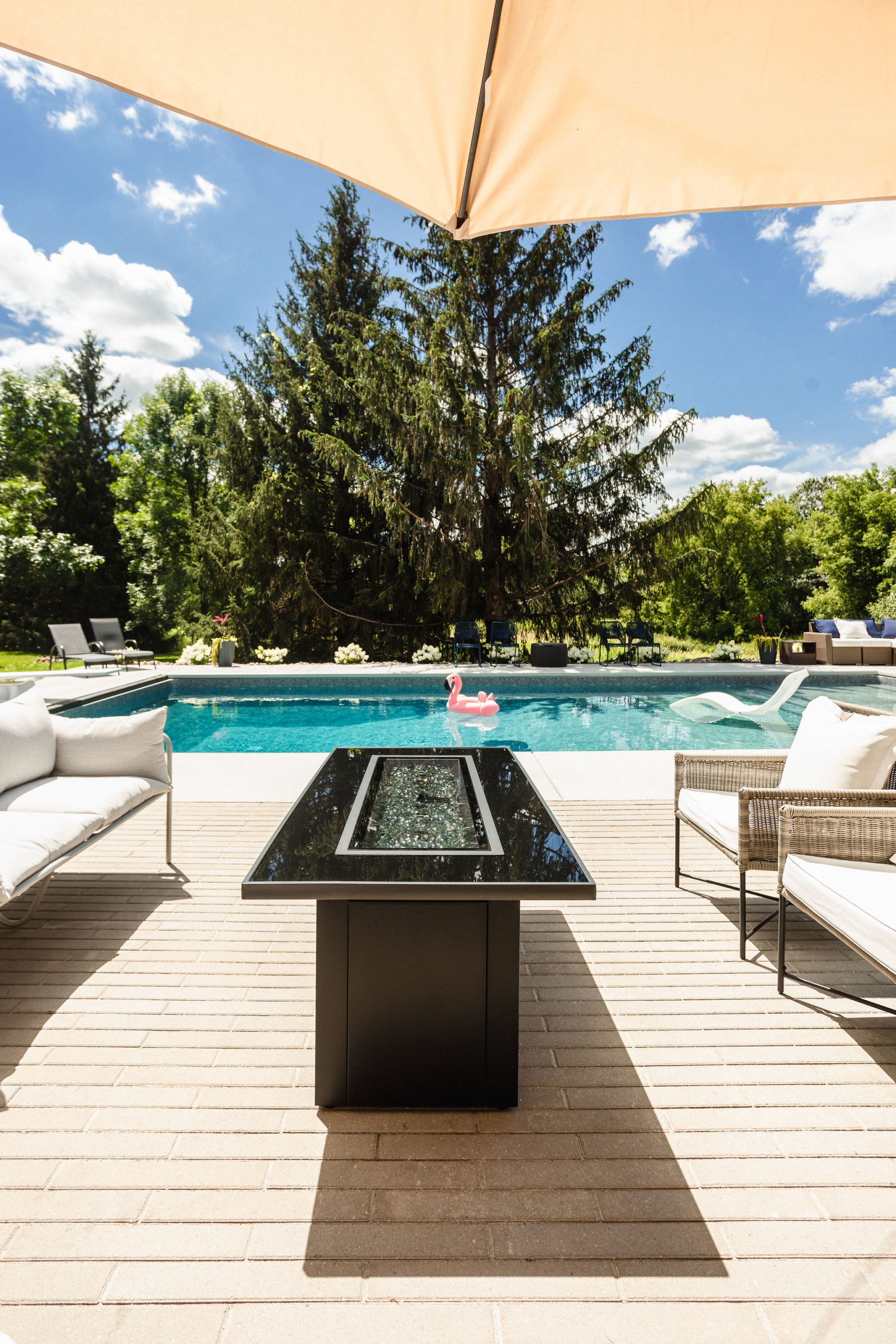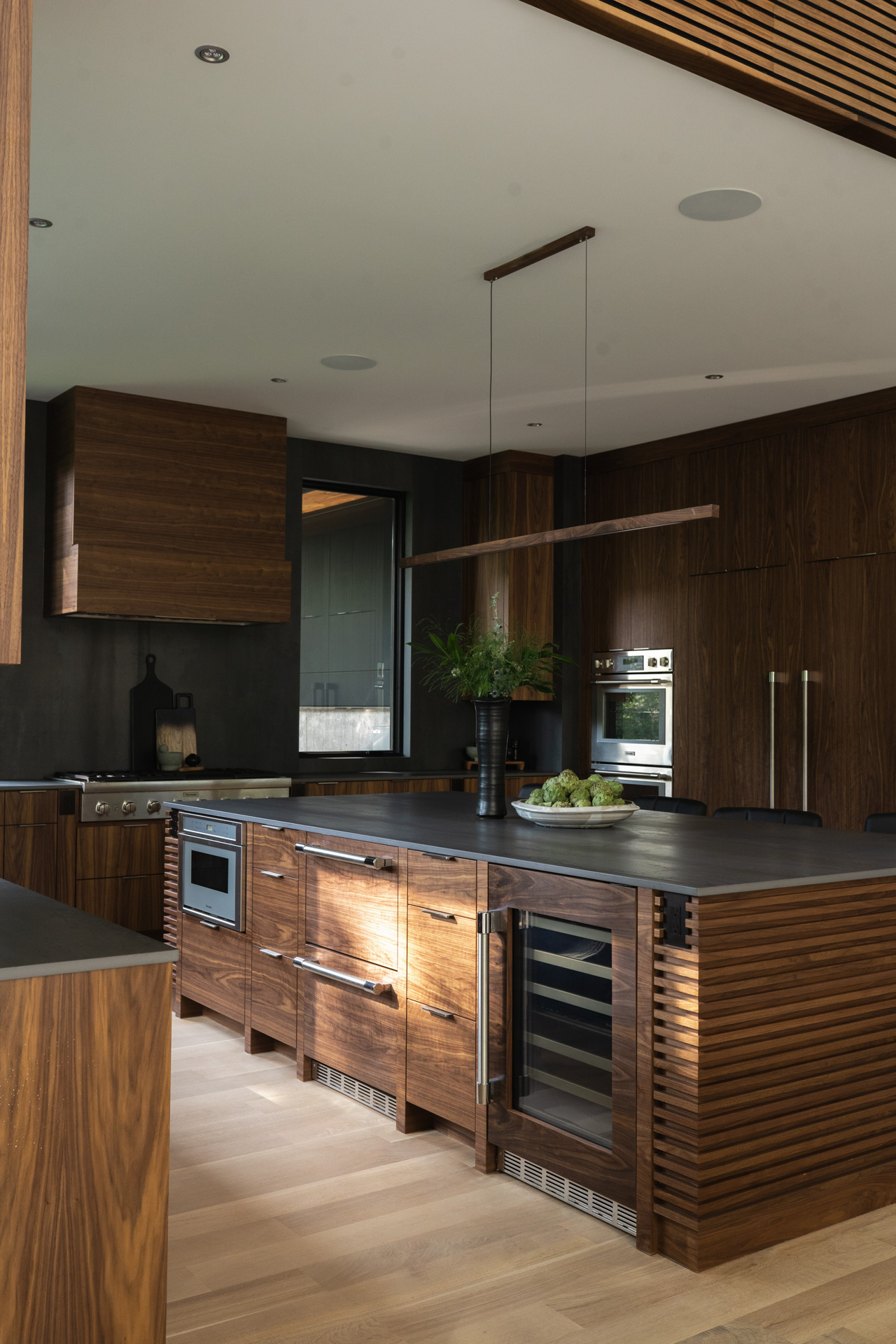
Thinking about remodeling your kitchen? Where do you begin? How much does a kitchen remodel cost? This blog is for you.
If you ask us at c2s – remodeling your kitchen is one of the best investments you can make in your home. But it’s also one of the most expensive, and we think the internet, as well as HGTV, does a whole lot of fibbing to you. So we are here to set the record straight and show you what to expect when it comes to a remodel, and where your money goes.
Whether you’re planning a small refresh or a full-scale renovation, understanding where your money goes can help you set a realistic budget and avoid unexpected surprises along the way. In this article, we’re breaking down every major cost and category and offering insights to help you make smart, informed decisions. Let’s get after it!
Price Range Expectations
Kitchen remodels can vary dramatically depending on the size of your space, the materials you choose, and the scope of work. Here’s a general cost breakdown if you’re hiring a general contractor:
- Basic Kitchen Update: $10,000 to $25,000
- Mid-Range Remodel: $60,000 to $150,000
- High-End Remodel: $150,000 to $250,000+
These estimates include everything from materials and labor to permits and finishing touches.
But where does that money actually go? It’s not just the pretty stuff you see in the final photos, like the backsplash, kitchen countertops, and custom cabinetry. A huge chunk of your investment goes into what’s behind the walls. Think plumbing, electrical, insulation, HVAC adjustments, all the less glamorous (but absolutely essential) stuff that makes your kitchen function properly and meet code.
Then there are contractor fees, project management, design time, and insurance – all critical to keeping the project running smoothly and legally. And don’t forget the permits, inspections, dumpster fees, delivery charges, and contingency costs when things (inevitably) pop up during demo.
It adds up fast — really fast — and that’s exactly why you’ve gotta understand the full scope before you dive in. No surprises. No sticker shock halfway through.
To help give you a better idea of what all this looks like in real life, Jamie and I put together a quick video walkthrough of our own personal kitchen remodel. We’re breaking down what we spent, where the money went, and even a few things we’d do differently if we could go back (yep, we’ve got some regrets too — keeping it real).
Hit play below to see the full breakdown, and keep scrolling for a detailed cost-by-category breakdown you can use to start planning your own space.
List of Professional Trades Involved in a Kitchen Remodel
A kitchen remodel isn’t a one-person job, it takes a whole team of pros working in sync to bring it all to life. Here’s a breakdown of who’s typically involved:
- General Contractor – Oversees the entire project, manages the trades, timeline, budget, and keeps everything moving (aka your sanity-saver).
- Designer – Helps you make smart layout decisions, choose materials, and pull together a cohesive look that fits your style and functions for your family.
- Architect – Why hire an architect you may ask? Well, they are needed if you’re removing or moving walls, altering the structure, or expanding the footprint. They ensure it’s structurally sound and up to code.
- Electrician – Handles all wiring, kitchen lighting, outlets, and switches. Think under-cabinet lighting, appliance hookups, and making sure your circuits can handle the load.
- Plumber – For moving sinks, dishwashers, adding pot fillers, or upgrading old pipes — a good plumber is a must.
- HVAC Specialist – Needed if you’re re-routing vents, adding a range hood, or modifying airflow for your new layout.
- Drywaller – Once the behind-the-walls stuff is done, they come in to patch, mud, and texture your walls and ceilings.
- Cabinet Installer – Precision matters here. Custom cabinets and their installation are a big part of your budget, so they need to be installed properly — level, secure, and seamless.
- Flooring Specialist – Installs or refinishes your flooring, making sure it flows smoothly into other areas of your home.
- Tile Setter – From backsplash to floor tile, this trade brings the design details to life. A skilled tile setter makes all the difference.
- Painter – Not just rolling walls — they’re often finishing trim, ceilings, and sometimes even cabinetry.
- Countertop Fabricator – Measures, cuts, and installs your countertops (quartz, stone, butcher block — whatever you choose). Precision is everything here.
- Finish Carpenter – Think trim, molding, open shelving, or custom touches. They help bring in that polished, finished look.
- Appliance Installer – Makes sure everything is hooked up safely and correctly — especially for gas ranges or built-in fridge panels.
- Inspector – Required by your city or county to ensure the work meets local building codes and safety regulations.
That kind of coordination takes serious skill, time, and experience. Every trade needs to show up at the right time, do their part, and not delay the next crew. And if one thing goes sideways? It can ripple through the entire project. That’s why having a seasoned general contractor or design-build team (hey, like us, construction2style crew) makes all the difference in keeping your remodel on track.
Labor & Permits
This category includes the people who bring your kitchen to life — from your general contractor to every licensed trade working behind the scenes.
- General Contractor: Expect to budget 10% to 30% of your total project cost for a GC. That covers way more than just being the “boss” — it includes full project management, scheduling, coordinating trades, job site supervision, regular communication with you, problem-solving, and making sure everything stays on time, on budget, and up to code. It’s a lot — and it’s worth every penny when done right.
- Permits: Depending on your city and the scope of your remodel, permit fees can range from $500 to $3,000+. You’ll need them for electrical, plumbing, structural changes, and sometimes even for finish work. This ensures the work is safe and meets local building codes (plus, you’ll thank yourself later if you ever sell your home).
- Skilled Trades: Electricians, plumbers, tile setters, flooring pros, and finish carpenters usually charge anywhere from $50 to $150 per hour depending on experience, location, and complexity of the job. It adds up quickly — but quality work in these areas is non-negotiable if you want a safe, beautiful, and long-lasting kitchen.
Pro tip: Always vet your contractors and trades. Read reviews, ask for references, look at past work. The lowest bid might be tempting, but it often costs more in the long run. Good craftsmanship, strong communication, and a team that actually shows up when they say they will? That’s the stuff that saves your sanity and your wallet over time.
Itemized Finishing Selections
Now let’s talk about the fun stuff — the finishes. This is where your kitchen starts to come alive and feel like you. But heads up — these decisions come fast and furious, and they add up quick if you’re not paying attention.
Here’s what you’ll need to think through and budget for:
- How Much Does Cabinetry Cost
Usually the biggest line item in your kitchen. Custom, semi-custom, or stock options come at different price points and quality levels. You’ll want to think through layout, door style, storage solutions, and finish. Budget can range anywhere from $30K to $150K+ depending on size, product, and customization. - Countertop Cost
Quartz, granite, marble, butcher block and concrete are the five best countertops. There’s a wide range of looks, maintenance levels, and countertop costs. Expect to spend $75–$200+ per square foot installed, especially for special details like waterfall edges or mitered corners. - Backsplash
Small detail, big design impact. From classic subway tile to handmade clay to full-slab quartz, your backsplash adds personality. Costs can range from $1,000–$5,000+ depending on the material and size of the area. - Appliances
Think fridge, range, hood, dishwasher, and maybe some extras like a built-in microwave, beverage fridge, or warming drawer. High-end appliances can easily cost $10K–$30K+, depending on brand and features. - Flooring
New flooring or refinishing old floors is another key selection. You’ll want to factor in durability, maintenance, and flow with the rest of your home. Expect to pay $5–$20+ per sq ft installed depending on material. - Plumbing Fixtures
Faucet, pot filler, garbage disposal, and maybe even filtered water taps. It’s worth spending a little more here for quality — you use them every single day. Budget $500–$3,000+ depending on brand and finish. - Electrical & Lighting
Recessed lighting, kitchen pendants, under-cabinet lights, and smart switches all live here. You may also need new circuits or an upgraded panel. Electrical costs can range from $2,000–$10,000+ depending on how detailed and high-tech you go. - Hardware
Cabinet pulls, knobs, and handles are easy to underestimate — but they pack a design punch. Prices range from $5 to $50+ per piece, and it adds up when you have 30+ drawers and doors. - Paint
Walls, ceilings, trim — sometimes even cabinets. Paint ties the whole design together and sets the tone of the space. Not the biggest cost, but definitely one that impacts the overall vibe. Don’t skip this in your budget. - Trim & Molding, Finish Carpentry Details
Toe kicks, crown molding, window and base trim all help finish the space. Easy to forget, but once it’s done right, you’ll never look at a “plain” kitchen the same way again. - Open Shelving & Accent Details
Floating shelves, custom niches, wood accents, ceiling treatments — all those little personal touches that make the space yours. If it’s part of your vision, budget for it. - Window Treatments
Window treatments are not always included in the remodel budget, but you’ll want to plan ahead. Roman shades, woven wood blinds, or simple café curtains can finish off the space beautifully. - Tech Add-ons
Think built-in speakers, charging drawers, USB outlets, or even smart lighting and WiFi-enabled appliances. If you’re into tech, this is worth budgeting early. - Decor & Styling
Once it’s all done, you’ll want bar stools, a new rug, maybe some fresh art or countertop styling. It’s not technically part of the remodel, but it is part of creating a finished, curated space that feels like home.
Cabinetry
Cabinetry usually takes up 25% to 40% of your total kitchen remodel budget, making it the single biggest investment in your project — and for good reason. Your cabinets aren’t just about storage. They define the entire look and functionality of your kitchen.
From layout to finish to interior upgrades, cabinetry decisions shape how your kitchen works and how it feels.
Here’s what goes into that cabinet cost:
- Cabinet Layout + Design
Your layout should work for how you live — cooking habits, family needs, traffic flow. Are you going for a large island? Extra-tall uppers? Appliance garages? Trash pull-outs? This is where good design meets smart function. - Door Style
Popular options include shaker, slab, raised panel, and glass-front. Shaker is timeless and versatile. Slab is modern and sleek. Each style can shift the vibe of the whole kitchen. - Cabinet Material
Options range from MDF to plywood to solid hardwood. MDF is cost-effective and smooth for paint, but plywood and hardwood are more durable and better for high-moisture areas. - Finish / Stain / Paint Color
Stained wood for warmth, painted white for timeless brightness, or bold color for personality — your finish choice affects not only the look, but also maintenance. - Kitchen Hardware
Knobs, pulls, hinges — the jewelry of your kitchen. Don’t underestimate the impact kitchen hardware has on the final look so choose your hardware wisely. Also: soft-close hinges and glides are always worth the upgrade. Trust us. - Interior Accessories
Think pull-out trays, lazy Susans, spice racks, built-in utensil dividers, and drawer organizers. These details make your kitchen work for your daily life and maximize every inch of space. - Trim & Molding
Crown molding, light valances, toe kicks, and decorative panels elevate your cabinetry and give it a truly finished, custom look.
Cabinet Cost Ranges (by linear foot)
- Stock Cabinets: $100 to $300
Mass-produced, limited sizes and finishes, fast turnaround. Great for tight budgets, but limited in customization. - Semi-Custom Cabinets: $150 to $650
Offers more flexibility in sizing, finishes, and accessories. A sweet spot for many homeowners looking for a tailored look without full custom pricing. - Custom Cabinets: $500 to $1,500+
Built to fit your exact space and needs. Choose your materials, finishes, and details down to the millimeter. You’re paying for craftsmanship and complete design control.
Want to save?
If your existing cabinets are still in good shape structurally, refinishing (repainting/staining) or refacing (new doors and drawer fronts) can save thousands. You’ll get a major style upgrade without the full cost of replacement — but make sure the boxes are solid and the layout still works for your needs.
Countertops
Countertops typically make up 10% to 15% of your total kitchen remodel budget — but they’re one of the most visually dominant elements in your space. They need to look good, hold up to daily life, and fit your overall design vibe. Whether you’re chopping veggies, setting out snacks for the kids, or staging the perfect holiday spread, your countertops see it all.
Each surface material comes with pros, cons, and different levels of maintenance. Here’s what affects the cost (and look) of your countertop.
- Quartz: Durable, low-maintenance, and available in tons of colors and patterns. A go-to for most of our clients.
- Granite: Natural stone with one-of-a-kind veining. Heat- and scratch-resistant, but requires sealing.
- Marble: Elegant and timeless, but high-maintenance and prone to staining and etching.
- Butcher Block: Warm, organic, and budget-friendly — but needs regular oiling and can scratch easily.
- Laminate: The most affordable option. Lower durability, but new designs have come a long way.
Color, Pattern, and Veining
Some people want clean and simple. Others want drama. More movement and veining usually means a higher price tag — especially with natural stone.
Edge Profile
You’d be surprised how much the shape of your countertop edge affects the overall design. Choose from eased, beveled, bullnose, ogee, waterfall, or mitered edges depending on your style and budget.
Backsplash Return or Waterfall Edge
Want your countertop to run up the wall or cascade down the sides of your island? Gorgeous — but adds cost and material.
Average Installed Costs (per sq. ft.)
- Laminate: $25–$50
- Quartz: $60–$150
- Granite: $40–$200
- Marble: $75–$250
- Butcher Block: $50–$100
Pro Tip: Consider mixing materials to stretch your budget and add visual interest. Splurge on a show-stopping slab for your island, and go with a more cost-effective material like butcher block or quartz on your perimeter.
Backsplash
Your backsplash might only take up a small portion of your kitchen, but it makes a huge design impact. Whether you want it to blend in or stand out, plan to spend about 5% to 10% of your total kitchen budget here.
It’s one of the first details people notice — and one of the easiest places to add some personality.
Here’s what to consider when choosing a backsplash:
Tile Type & Style
- Subway Tile: Classic, affordable, and versatile. You can lay it stacked, staggered, herringbone — lots of ways to make it feel fresh.
- Natural Stone: Adds texture and organic movement. Think travertine, slate, or marble — beautiful, but may require sealing.
- Handmade / Zellige Tile: Slightly irregular, full of character, and becoming super popular in custom kitchens.
- Quartz or Marble Slab: Want that high-end, seamless look? Running your countertop material up the wall creates a clean, dramatic effect — and fewer grout lines to clean.
- Grout Color
Don’t overlook this detail. Contrasting grout makes the tile pop; tone-on-tone blends everything together. It also impacts how often you’ll notice dirt and stains. - Height
Do you stop at the bottom of the upper cabinets, go all the way to the ceiling, or wrap it around a window? More height = more material = more cost, but it can take your kitchen to the next level visually.
Average Installed Costs (per sq. ft.)
- Subway Tile: $5–$15
- Natural Stone Tile: $15–$100
- Quartz/Marble Slab: $75–$250
Pro Tip: Want a high-end feel without the full slab price tag? Use tile on the perimeter and do a slab backsplash just behind the range or cooktop for a beautiful focal point without blowing your budget.
Appliances
Appliances typically make up 15% to 20% of your total kitchen remodel budget — and it’s one of those categories where costs can climb fast, depending on how techy or high-end you want to get.
Whether you’re a home chef, a microwave master, or somewhere in between, the appliances you choose should match your lifestyle and your kitchen layout.
Here’s what to think through:
- What’s Included
A standard appliance package typically includes a refrigerator, range or cooktop + wall oven, microwave, and dishwasher. Some kitchens also include extras like a wine fridge, beverage center, warming drawer, or built-in coffee maker. - Installation Matters
Built-in appliances (think panel-ready fridges or wall ovens) usually require more planning, cabinetry coordination, and precise installation — which adds to your labor cost. - Gas vs. Electric vs. Induction
Changing from one to the other may involve additional electrical or gas work. Induction is gaining popularity for its speed and safety, but it requires compatible cookware and may mean upgrading your electric panel.
Typical Appliance Package Costs:
- Standard: $2,000–$7,000
Basic stainless packages from big box stores. Functional and budget-friendly, but not as customizable or long-lasting. - Mid-Range: $7,000–$15,000
Brands like KitchenAid, GE Café, and Bosch. Stylish, dependable, with some custom features and built-in options. - Luxury: $15,000–$40,000+
High-end brands like Sub-Zero, Wolf, Thermador, and Miele. Sleek designs, cutting-edge tech, and pro-level performance.
Pro Tip: Look for appliance packages and bundle discounts — many retailers offer major savings when you buy 3+ pieces together. And always time your purchases around big sales like Black Friday, Memorial Day, or end-of-year closeouts. You can save thousands if you plan it right.
Also: order your appliances early. Lead times can be unpredictable, and delays here can hold up your entire project.
Flooring
Flooring might not be the most glamorous part of your kitchen, but it’s a major player in how your space looks, feels, and holds up to daily life. Plan to spend around 5% to 10% of your total kitchen remodel budget on this category.
You’ll want something that balances durability, maintenance, and style — especially in a high-traffic, high-mess area like the kitchen.
Here’s what to consider:
- Vinyl / LVP (Luxury Vinyl Plank): Cost: $2–$10 per sq. ft.
LVP is one of the most popular options today for a reason. It’s water-resistant, affordable, durable, and available in styles that mimic hardwood or tile. It’s also softer underfoot than tile, making it great for families who spend a lot of time in the kitchen. - Tile: Cost: $5–$25 per sq. ft.
Porcelain or ceramic tile is waterproof and nearly indestructible — but it can be cold and hard on your feet. It’s a great option for radiant heat, and comes in endless styles and colors. Bonus: easy cleanup for spills and messes. - Hardwood: Cost: $8–$20 per sq. ft.
Timeless and beautiful, but not always ideal in kitchens due to moisture concerns. If you’re doing an open-concept space and want seamless flooring throughout, hardwood can be worth the investment — just plan for maintenance and refinishing down the road. - Engineered Wood: Cost: $6–$15 per sq. ft.
A solid middle ground between hardwood and vinyl. It gives you the real-wood look with better stability and moisture resistance. Perfect for Minnesota climate swings.
Pro Tip: If your kitchen connects to other rooms, think about continuity. Keeping flooring consistent between spaces can make your home feel larger and more cohesive — and may save on transition costs and labor. Also, don’t forget underlayment, trim, and labor — those often get missed in the initial flooring budget.
Plumbing Fixtures
Plumbing fixtures might seem like a small detail, but they play a major role in how your kitchen functions and feels. Expect to spend $500 to $3,000+ depending on the number of fixtures you need and the brands and finishes you choose. Sometimes when hiring a general contractor the labor and materials for plumbing can be looped into one, and if that’s the case you might want to budget closer to $10,000 just depending on layout and selections.
Fixtures include everything you see and use daily — your faucet, pot filler, soap dispenser, garbage disposal, and more. But here’s what a lot of people miss: your fixture choices are directly tied to your layout. And if you move plumbing around? That’s where the real costs can creep in.
- Kitchen Faucet
Your MVP. Touchless or pull-down styles are practical, and your finish sets the tone — chrome, matte black, brass, or something fun and bold. Just make sure the height and reach work with your sink, backsplash, and overall layout. - Pot Filler
Convenient and elevated — especially for those who cook a lot. But keep in mind it requires water lines to be run to your range wall, which adds labor cost and coordination. - Soap Dispenser & Water Filtration
Built-ins keep your counters clutter-free and make everyday tasks easier. Not necessary, but they’re one of those things people love after they live with them. - Garbage Disposal
Often wrapped into plumbing scope but worth calling out. Check for local codes and consider how you’ll control it — air switch, wall switch, or integrated with your faucet.
Placement & Plumbing Reroutes
Here’s the deal: if you’re keeping your sink, dishwasher, and appliances in their original location, your plumbing costs will stay on the lower end. But if you’re moving your sink to the island, adding a prep sink or pot filler, shifting the dishwasher or fridge location …that means new plumbing lines, wall/floor cuts, and possibly even upgraded drain or venting systems.
Heads up: These labor costs are sometimes rolled into your “plumbing” line item and can be easily overlooked during early budgeting. That’s why it’s so important to have your layout finalized before choosing fixtures — your design choices directly affect what’s possible and what it’s going to cost.
Electrical
These behind-the-scenes systems are often underestimated — but they’re absolutely essential. Expect to spend 10% to 15% of your total kitchen remodel budget here, especially if you’re moving things around or upgrading your home’s systems.
Electrical & Plumbing Rerouting
- Plumbing Rerouting: $500–$2,500+
Moving your sink, dishwasher, or adding a pot filler? That means rerouting plumbing lines — which means cutting into floors or walls. The more you move, the more it costs. - Electrical Panel Upgrades: $1,000–$3,500
Modern kitchens draw a lot of power. If your panel can’t handle all the new appliances, lighting, and outlets, it’ll need an upgrade. This is one of those things you won’t see — but it’s crucial for safety and performance.
Pro Tip: Keeping your sink and major appliances close to their original locations can save thousands. But if functionality demands a move, it’s often worth it long term.
Lighting
Lighting is the secret sauce of a great kitchen. It sets the mood, boosts function, and adds serious personality to your space. Budget around 5% to 10% of your total kitchen remodel cost for lighting alone.
A good lighting plan layers three types:
- Ambient Lighting: General lighting for the whole space — usually recessed can lights or ceiling fixtures.
- Task Lighting: Focused light for prep areas like under-cabinet lighting, island pendants, or over-the-sink spots.
- Accent Lighting: Adds warmth and personality — think glass cabinet lighting, toe-kick LEDs, or that moody pendant over your coffee nook.
Lighting Fixture Costs:
- Basic Fixtures: $200–$500
- Statement Pendants or Chandeliers: $600–$1,500+
Cost depends on size, material, and how complex installation is. Don’t forget to factor in dimmers, switch upgrades, smart lighting options, and any rewiring needed.
Plan Early: Your lighting layout needs to be coordinated during framing and electrical rough-ins. Talk through your lighting goals with your contractor or designer upfront so it’s not an afterthought.
Hardware
It may be small, but hardware is everything when it comes to those finishing details. Think of it like the jewelry of your kitchen — subtle, stylish, and essential. And depending on the size of your kitchen, this little detail can sneak up in cost.
Expect to budget $5 to $50+ per piece, with most kitchens needing 30 to 60+ pieces between knobs, pulls, and specialty hardware (like appliance handles or integrated pulls).
What to Consider:
- Finish
Stick to one finish throughout the space for a cohesive look, or mix metals intentionally (like matte black + brass or chrome + gold) if you want to layer in personality. - Style
Sleek and modern, vintage-inspired, chunky and bold, or minimal and integrated — your cabinet hardware should match the overall style of your space and feel good to the touch. You’ll be using it every day, so comfort matters too. - Functionality
Pulls vs. knobs, oversized handles, edge pulls — think about how you’ll interact with the space. Larger drawers may need two pulls. Heavy panels may need reinforced hardware.
Pro Tip: Don’t skimp on the install. Crooked hardware or uneven spacing will drive you nuts once you notice it. Use templates or hire it out if you want it perfect.
Paint
Paint doesn’t always get the attention it deserves in kitchen remodels, but it has a major impact on the final result. It’s what ties everything together and gives your kitchen warmth, personality, and polish.
You’ll want to plan for:
- Wall & Ceiling Paint
This sets the tone for the entire space. Soft whites, warm neutrals, or rich contrast walls can totally shift the mood of your kitchen. And don’t forget your ceiling — a crisp paint job here makes a huge difference. - Trim & Doors
Consistent paint on baseboards, crown, and door casings keeps everything cohesive. Don’t forget pantry doors — some clients even go bold here with a pop of color. - Cabinet Paint (if applicable)
If you’re repainting existing cabinets instead of replacing, use high-quality, durable cabinet paint that can handle wear and tear. Professional spraying makes all the difference here.
Professional Painting on average can range from $2,000–$8,000+ depending on the size of your kitchen and scope of work (walls, ceiling, trim, cabinetry, etc.).
Pro Tip: Don’t just choose paint colors based on how they look online or on a swatch. Test samples in your space, in natural light and artificial light, at different times of day. Lighting changes everything.
Hidden Costs to Budget For
Even with the best plans, remodels can throw you a few curveballs. That’s why we always recommend building in a buffer — because surprises aren’t if, they’re when. Here are a few common ones to keep in mind:
- Structural Repairs
Once demo starts, hidden issues can show up — water damage, old wiring, foundation cracks. Plan to set aside at least 10% of your budget for “just in case” repairs. - Permit Delays
Waiting on approvals or inspections can slow down progress and extend labor costs. Be patient and make sure your team builds this into the timeline. - Temporary Kitchen Setup
Whether you’re living through the reno or staying elsewhere, things like takeout, setting up a makeshift kitchenette, or eating out more than usual can add up faster than you think. - Scope Creep
The “while we’re at it…” mindset is real. Changing paint colors, upgrading appliances mid-project, or deciding to add a bar area — it all affects your bottom line. Stick to your original scope as closely as you can to avoid budget blowout.
A kitchen remodel is one of the most worthwhile investments you can make — for your home, your lifestyle, and your future. The more you know up front, the more empowered you’ll feel making decisions along the way.
Whether you’re building your forever kitchen or prepping to sell, finding the right balance between planning, quality materials, and an experienced team will help you create a space that works hard and looks incredible.
Got questions? Drop them in the comments or reach out for a consult. We’d love to help you bring your dream kitchen to life — one intentional decision at a time.
